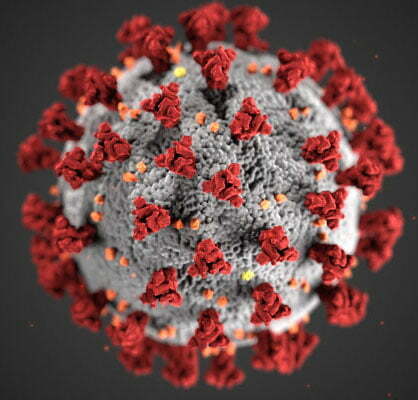From the Fall 2020 Journal of the Colorado Dental Association
By Sansriti Narain, B.D.S., M.D.S., Justine Gullia, B.S., and Chaitanya P. Puranik, B.D.S., M.S., M. Dent. Sci., Ph.D.
Abstract
Coronavirus disease 2019 (COVID-19) is caused by Severe Acute Respiratory Syndrome Coronavirus 2 (SARS-CoV-2). SARS-CoV-2 is transmitted primarily via inhalation, ingestion, and direct mucosal contact with saliva droplets. Most of the documented clinical signs, symptoms, progression, and prognosis of SARS-CoV-2 in children are milder compared to adults. Due to the presence of viral particles in saliva, dental professionals are considered high risk for becoming infected with the virus. At this time, there are no universal dental practice guidelines to mitigate community spread of SARS-CoV-2 in a dental practice setting and there is insufficient data regarding the dental implications of the SARS-CoV-2 pandemic. During the peak of the pandemic, dental treatment focus shifted from non-emergent to emergent dental care, with countries worldwide following different regulations. This article provides a literature review of relevant information including viral transmission, etiopathogenesis, clinical signs and symptoms in children, treatment options, and evidence-based pediatric dental practice recommendations. This article also discusses the impact of the SARS-CoV-2 pandemic on pediatric dental practice due to an increasing number of dental emergencies in children alongside a necessity to protect staff and patients. The recommendations in this paper are based on the review of literature and may vary depending on the guidelines laid down by state government and local regulation.


